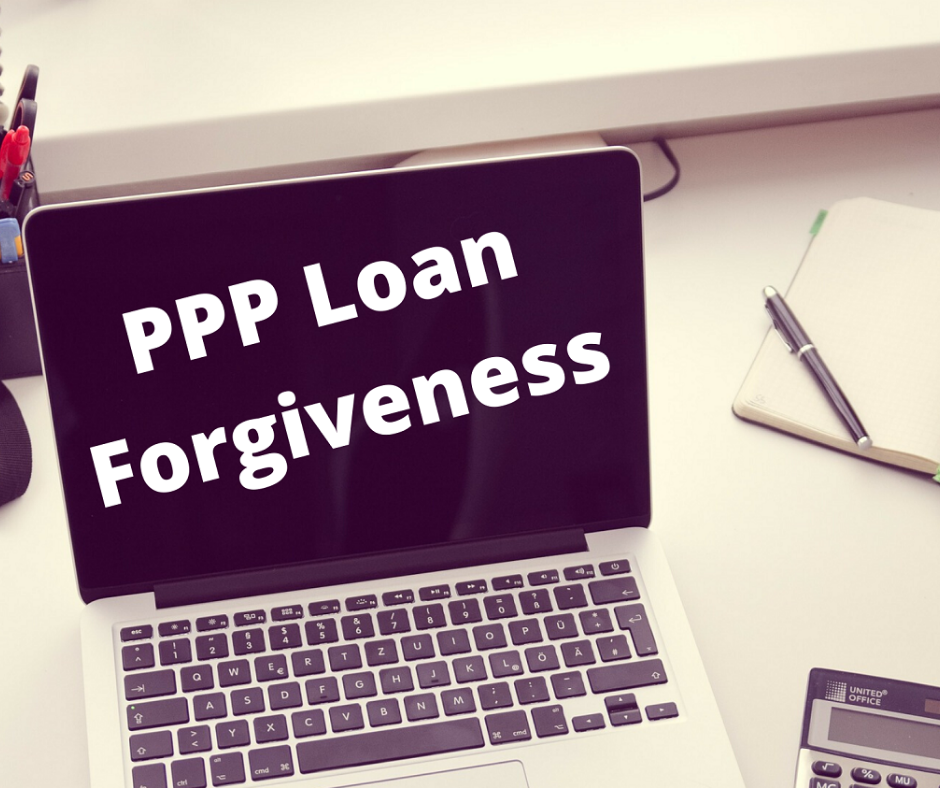What is The New PPP Loan Forgiveness Guidelines Mean for Small Business Owners?

The Paycheck Protection Program, established by the CARES Act on April 3, 2020, has been helping small businesses navigate and recover from the current once-in-a-generation health and economic crisis. As per the latest PPP Report, from April 3rd to June 6th, $511 billion dollars have been provided to 4.5 million small businesses from 5,548 lenders.
Many businesses that applied for PPP loans found it difficult to fulfill the eight weeks payroll obligations to get the loan forgiveness. The rules for qualifying and spending money under this 100% federal loan program, in some cases, extremely tough to comply with.
New SBA Paycheck Protection Program Flexibility Act (PPPFA), signed into law by President Trump on 5th June 2020, however, have loosened forgiveness restrictions. The new rules and guidelines have been made keeping in mind that small businesses can easily apply and receive. According to the new guidelines, a business could be eligible for partial loan forgiveness if they are not eligible for full.
Here are the top 5 changes of the updated bill that you need to know.
Payroll Costs Requirement is Reduced
The first most important change to PPP is a reduction in the payroll cost rule. Earlier 75% of the loan had to be spent on payroll to receive full PPP loan forgiveness. As per the new 60/40 rule, you now need to only spend at least 60% of the amount on payroll expenses while the remaining 40% of the excused sum can be spent for non-payroll costs such as mortgage interest, lease, and utilities.
Loan Forgiveness Period Extended to Six Months
The second relaxation as per the updated bill is that you now have more time to use the PPP funds. The covered period for forgiveness under PPPFA has been extended from 8 weeks to 24 weeks or December 31, 2020. Small businesses that are still closed due to the current crisis can leverage the benefits of this SBA’s new proposal.
Extended Rehiring Deadline
The deadline for rehiring employees has been pushed back to six months. Previously, a small business was eligible only if it rehires the employees by June 30, 2020. The proposed new version gives small businesses until December 31, 2020 to bring back laid-off employees while you have to exclude employees, who don’t want to join again when calculating forgiveness.
Loan Maturity Extended
The next change will surely provide relief to those businesses that were finding it difficult to survive and repay the loan. The maturity was originally 2 years, but the new law has extended that timeline to 5 years.
Defer Payroll Taxes
Under the new PPPFA bill, businesses who applied for PPP loan forgiveness can now defer payroll taxes, as allowed in Section 2302 of the CARES Act.
Those who are not eligible PPP loan or were not approved still consider many other small business financing options.


